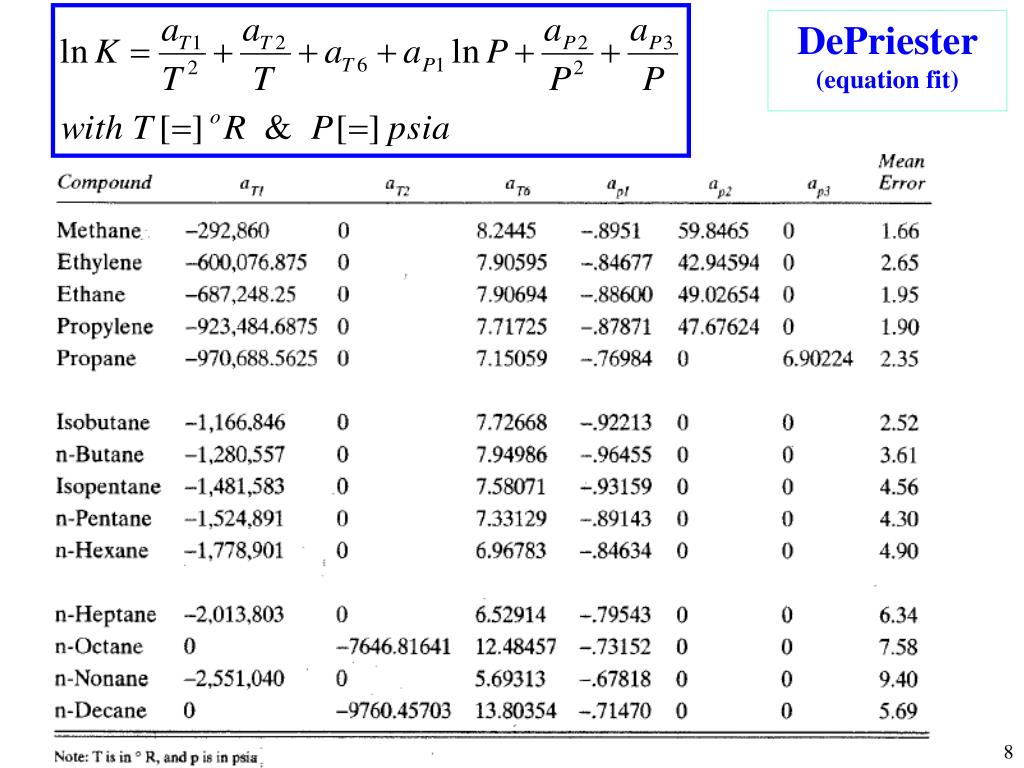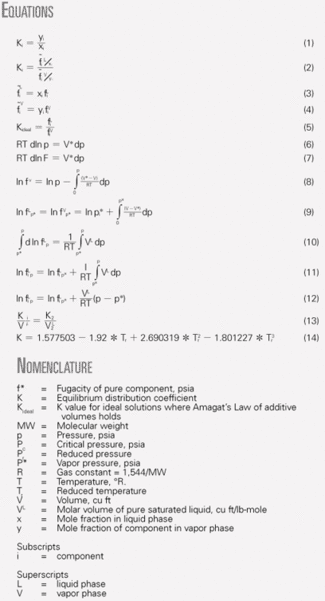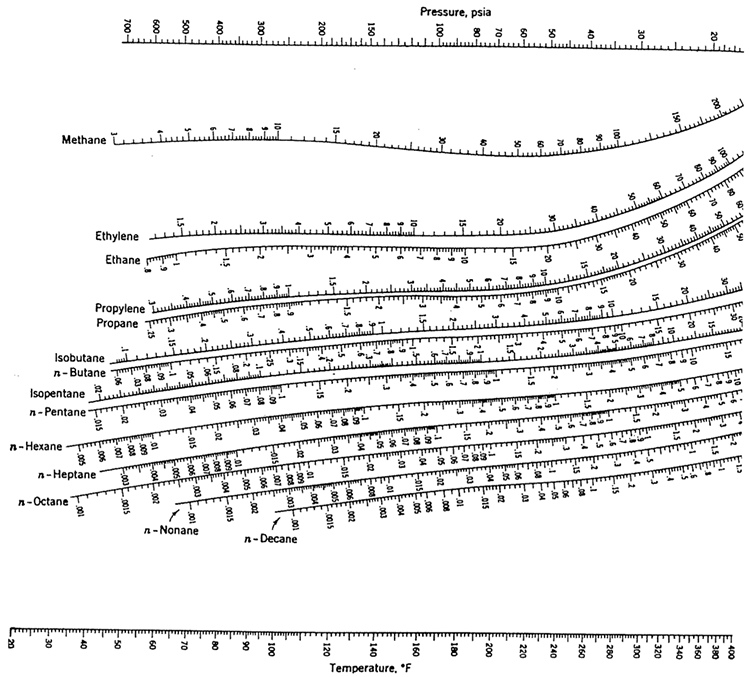
Composition – Bubble Point Temperature 82.2 o CĮnthalpy vs. An auxiliary line is used to assist in these determinations… Įnthalpy vs. The compositions of the 1 st bubble formed and the last liquid drop can be determined from the enthalpy vs. Composition – Ponchon-Savarit Plot The bubble point temperature and dew point temperatures can be determined from the enthalpy vs. Ĭonverting Weight Fraction to Mole Fraction In General For a binary mixture: For a mixture of C components: Įnthalpy vs. Although slight, one can begin to see the effect of pressure on the azeotropic point. Weight Fraction Converting from wt fraction of the azeotrope to mole fraction: Thus, the azeotropic mole fraction is greater at P = 1 Kg/cm 2 than at 1 atm: 0.902 vs. For ethanol-water, this can be readily done using the molecular weights, MW EtOH =46.07 and MW w = 18.02. Weight Fraction Note that the enthalpy- composition plot is presented in terms of weight fractions – we will typically use mole fractions so one must convert between the two. Composition – Ponchon-Savarit Plot Note the boiling temperatures of the pure components, water and ethanol, and the temperature of the azeotrope are different due to the pressure at which the data was taken: P = 1 kg/cm 2 (0.97 atm) 1 atm Water 99.1 o C 100 o C Ethanol 77.8 78.30 Azeotrope 77.65 78.15 x,y plots for ethanol-water? Įnthalpy vs. Why is this different than that determined from the y vs. x,y plots for ethanol-water? The azeotrope for ethanol-water is indicated as T = 77.65 o C and a concentration of 0.955. Why? Why are the boiling point temperatures of the pure components different than those determined from the y vs. An azeotrope is indicated by the composition at which the isotherm becomes vertical. Points between the saturated liquid line and the saturated vapor line represent a two-phase, liquid-vapor system. Temperature is represented by isothermal tie lines between the saturated liquid (boiling) line and the saturated vapor (dew) line. Composition – Ponchon-Savarit Plot 3 phases are shown on the plot – solid, liquid, and vapor. Composition – Ponchon-Savarit PlotĮnthalpy vs. composition plot to obtain this information. We will also need to employ energy balances, based on enthalpy, for certain separation problems. Composition – Ponchon-Savarit Plot We have begun to employ mass balances, both total and component. ↑ "Define and use K values, relative volatility, and x-y diagrams".Unit Operations Handbook: Volume 1 (In Two Volumes). ↑ "Pbub and Pdew calculation based on the DePriester chart for a fast pyrolysis and hydrotreating process".


Read this K-value off the chart (approximately 21.3). Note where the line crosses the methane axis.Connect the points with a straight line.On the right-hand vertical axis, locate and mark the point containing the temperature 60☏.


"K" values, representing the tendency of a given chemical species to partition itself preferentially between liquid and vapor phases, are plotted in between. These nomograms have two vertical coordinates, one for pressure, and another for temperature. DePriester in an article in Chemical Engineering Progress in 1953. DePriester Charts provide an efficient method to find the vapor-liquid equilibrium ratios for different substances at different conditions of pressure and temperature.


 0 kommentar(er)
0 kommentar(er)
